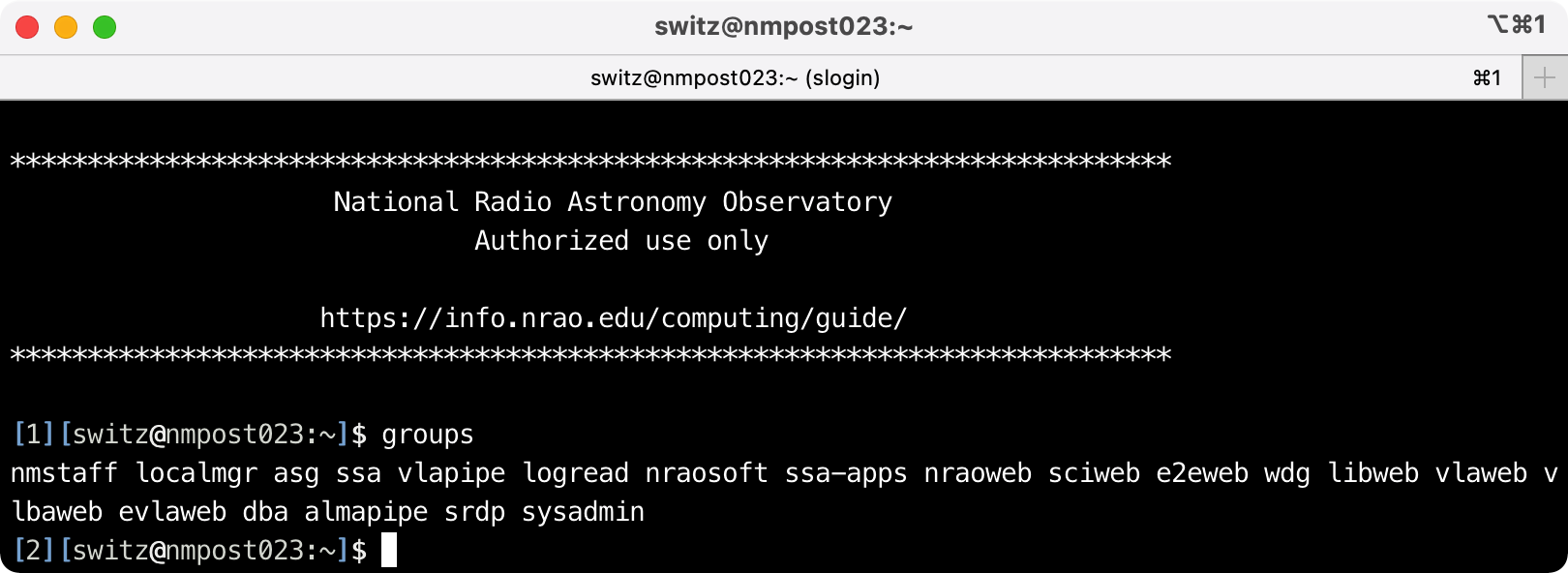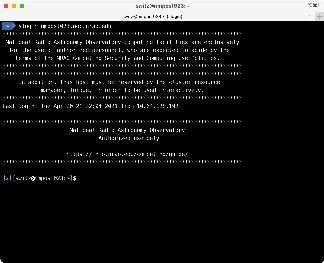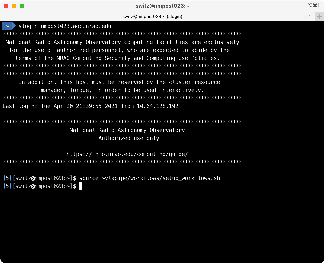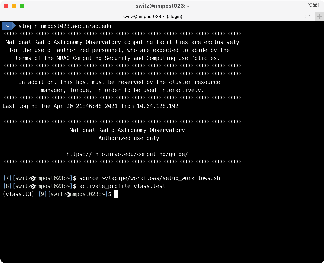SSA-6931 - Getting issue details... STATUS
Introduction
Words and Their Meanings
- CAPO Profile: this is an environment variable or command line parameter that specifies the configuration profile to use. The CAPO Profiles we have right now include dsoc-prod, dsoc-test, dsoc-dev, naasc-prod, naasc-test, naasc-dev, vlass.prod, vlass.test and vlass.dev.
- PIMS: a per-image measurement set, this is a calibrated measurement set that has been split into a smaller size to speed up imaging.
- PIMSCache: a system for managing a cache of PIMS, also the name of the command line tool for doing the same (pimscache).
Requirements for Using PIMSCache
- The user must be logged into an NRAO workstation, server or (ideally) a cluster node at the DSOC (any of which can see the /lustre/aoc and /users/vlapipe directories).
- The user must be in the vlapipe user's group
- To see if you are, type `groups`, this should list all of the user groups your account is in: if `vlapipe` isn't in that list, contact the helpdesk. Below, I've logged into a cluster node that I reserved, nmpost023, and run the `groups` command, which shows I'm in the `vlapipe` user's group.
PIMSCache Commands
Setup for BASH Users
Step One: log into an NRAO workstation, server or reserved cluster node
Step Two: setup the workflows
source ~vlapipe/workflows/setup_workflows.sh
Step Three: activate your chosen workflows profile
activate_profile vlass.test
At this point the pimscache command should be available to your account, test that with:
which pimscache
If it says no such command or produces an error, something is wrong, seek help. If not, when you are done, either deactivate_profile or just log out.
Setup for TCSH/CSH Users
Step One: Log into an NRAO workstation, server or reserved cluster node
Here I also switched over to tcsh, but a user whose chosen shell is tcsh would not have to do this step:




